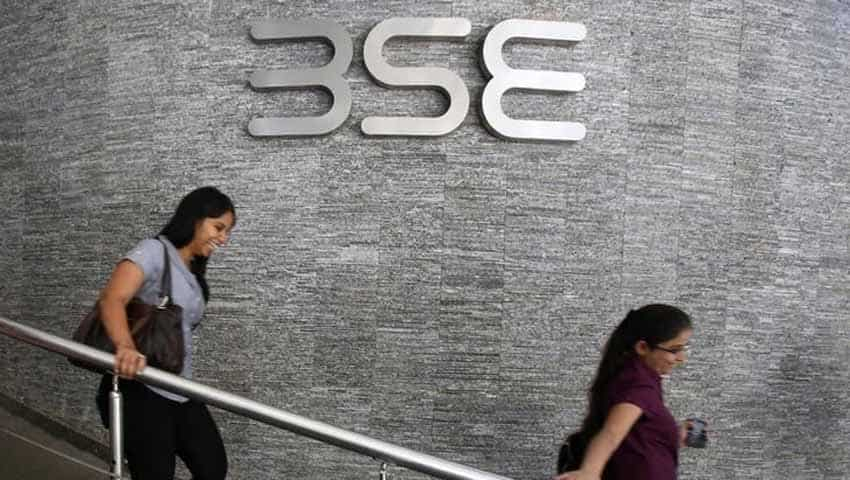Sensex, Nifty, rupee: All you need to know in numbers
Despite volatility in markets, Sensex, Nifty to the wider capital markets have performed better than their peers, revealed Sebi chairman, Ajay Tyagi on Friday. He said global capital markets have been quite volatile in the current year, and are likely to remain so due to uncertain oil prices, move towards more formal monetary policies by central banks and US-China trade dispute. These factors have also affected the Indian markets.
Indian stock market

Returns on Nifty

Statistics: 1. In April-November returns on Nifty have moved up by about 6.5 per cent. Although trailing the returns on Dow Jones (8 per cent), it is higher than stock indices of other countries such as UK (-1 per cent), China (-18 per cent), Brazil (5.7 per cent) and Japan (4.5 per cent). Image source: Reuters
Equity market at 12%

The volatility in Indian equity market at 12 per cent, in the period, is among the lowest compared to major developed and emerging markets like UK (12 per cent), US (16 per cent), China (19 per cent), Japan (17 per cent), South Korea (14 per cent), Hong Kong (19 per cent) and Brazil (21 per cent). Image Source: Pixabay
Rupee saw 7% depreciation

During April-November, the rupee saw a depreciation of around 7 per cent against the US dollar, which is around the same level as the depreciation in the Japanese Yen (-7.3 per cent) but better than many other jurisdictions like China (-10.81 per cent), UK (-10.10 per cent), Europe (-8.73 per cent) and Brazil (-16.85 per cent), he said. Image Source: Pixabay
Capital market

Capital market has aided the growth of the country's economy by providing much needed funds to the corporate sector, he said. A record amount of Rs 8.8 trillion was raised from the domestic capital market during 2017-18 (through equity and debt) against the Rs 7.7 trillion raised during 2016-17. In the current fiscal Rs 4.85 trillion has already been raised. Image Source: Pixabay
Fund mobilisation





